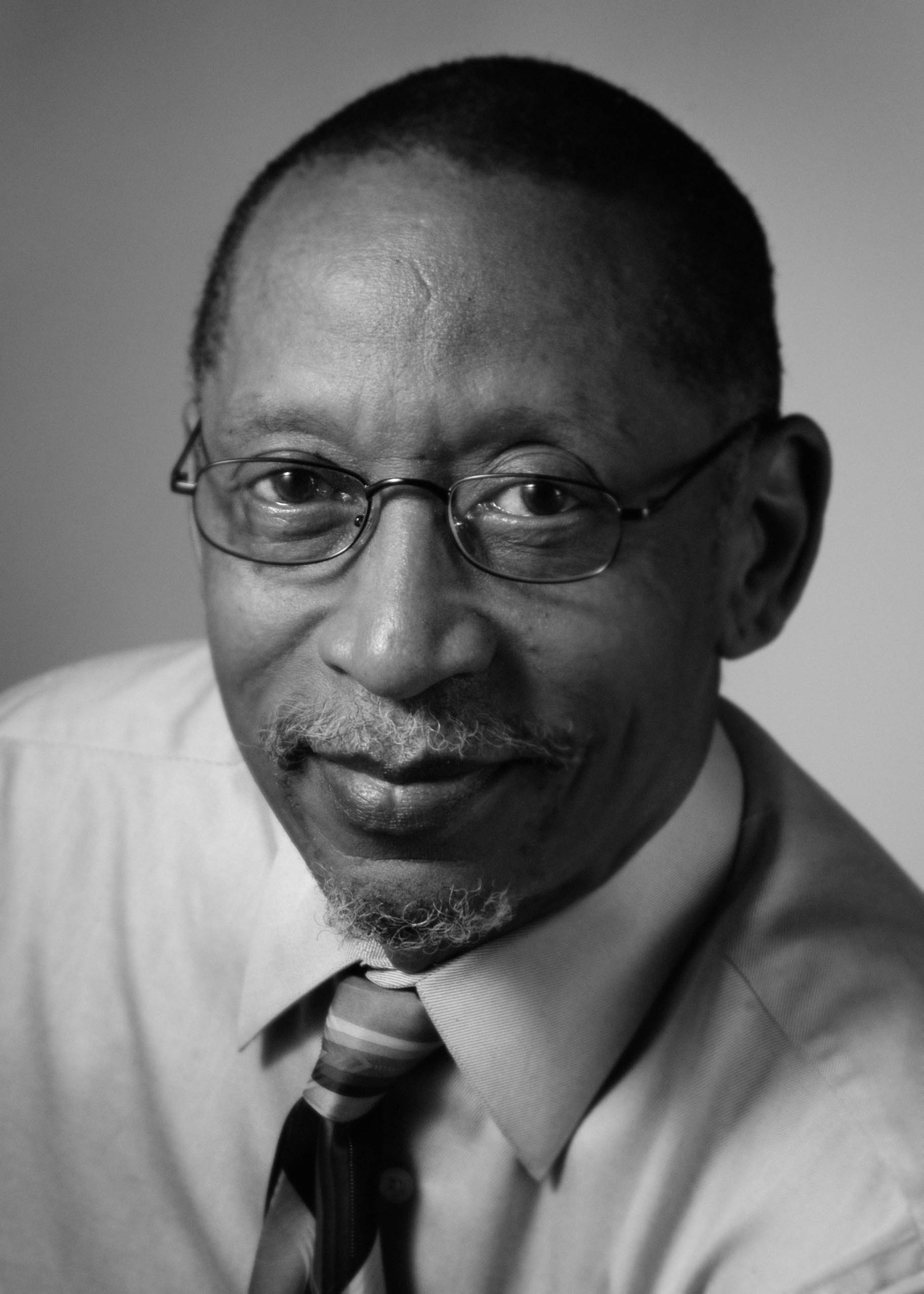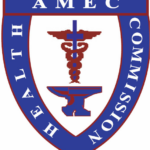Hymn Lining…A Retrospective
By John William Roberts, Ed.D., Contributing Writer
Recently, I wrote an article about the lost art of a capella singing in congregations within many denominations. I would like to hone in on “hymn lining.” Documented history states the origins of hymn lining can be traced to the English Church. This was, probably, done to allow the congregants—who were illiterate—to participate in the worship experience. This similarity transferred to the American colonies with the migration of English settlers in the 17thand 18thcenturies.
After the first slaves arrived on the American shores in 1619, the custom of hymn lining continued with fervor among those enslaved. Over 90 percent of the slaves were illiterate. When allowed to worship, those who could read, invented a rhythmic and syllabic tempo to their interpretation of the hymns of the church. Those in attendance would respond, primarily, using a slower, yet similar, melodic response to the words sung by the leader in the same syllabic form.
If we look at older hymns, we observe numbers under the title. These numbers indicated the syllabic rhythm assigned to each line of the hymn. I was looking through old hymnals in my library, i.e., The Baptist Hymnal, The Baptist Standard Hymnal, and The Broadman Hymnal. Under each of the hymns were numbers familiar to many but known by few. One hymn, “Holy, Holy, Holy” [Nicaea] has 11.12.12, 10 under the title. This, as previously stated, is the syllabic breakdown of each verse. Those congregants who could read would use this as their guide to interpreting the hymn for the other worshippers in attendance.
The lead singers who lined hymns were men who, until recently, were most visible in leadership positions within religious denominations. Typically, these singers were in the baritone or bass vocal range as to make their voices heard above the congregation which was an announcement to God and the congregants that praise was being offered. As time progressed, where the custom of hymn lining continues, women took the lead with the mellow timbre of their alto and tenor voices.
I remember growing up in a Baptist church in Louisville, Kentucky, and the beautiful 2ndtenor/baritone voices of Brother Max Bell and Sister Rosie Moore leading our congregation when they lined a hymn. This was, most often done, during the observance of the Lord’s Supper. The pastor of our congregation was my granduncle, Dr. James L. Roberts, Sr., a native of Vaiden, Mississippi. On a lighter note, we did not observe the Lord’s Supper during the morning worship service as it is observed commonly today. He would proudly say, “We are observing the Lord’s Supper, not the Lord’s Lunch!” This being the case, the observance was at 7 p.m. With the encompassing darkness, the sounds of the rich voices singing a lined hymn assured believers, though in darkness now, through worship and devotion to God that the sun will shine each morning!
Dr. John William Roberts is the director of music and principal musician for Lee Chapel AME Church in Auburn, Alabama. He is the Dean Emeritus of The School of Liberal Arts and Sciences and Associate Professor of English, History, and Social Sciences [retired] at Ivy Tech Community College of Indiana-Columbus Region.





